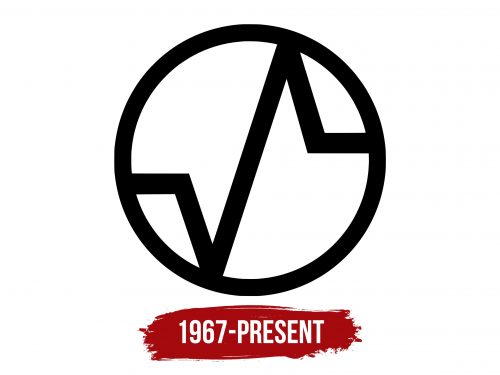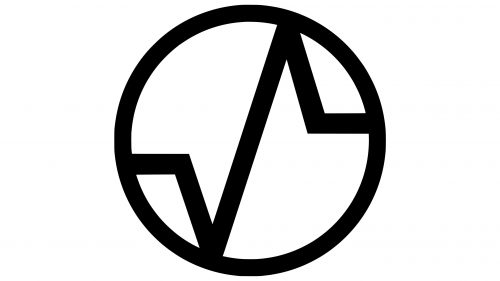The SNVI logo demonstrates an excellent balance of graphics and text. It encodes the name of the company it represents. The unique emblem signifies the automotive brand’s confidence, reliability, and pragmatism.
SNVI: Brand overview
The National Company for Mechanical Equipment Production, or Sonacome – Société Nationale de Constructions Mécaniques (SNVI), was established in Algeria in 1967, after the nation attained independence. The creation of this manufacturer was part of the Algerian government’s plan to boost domestic manufacturing and lessen reliance on imports.
At first, the company concentrated on building trucks and buses to fulfill the nation’s expanding transportation requirements. The business started producing trucks under license from French company Berliet, which merged with Renault Trucks.
In the 1970s, the manufacturer began producing a range of commercial vehicles, including buses, specialty vehicles, medium and heavy trucks, and other vehicle types, as part of its product line expansion. As a result, the business could satisfy the various demands of the Algerian market.
The 1980s saw substantial expansion for the company. Investments were made to update its manufacturing facilities and increase the scope of its offerings. Around this time, the manufacturer started creating car models suited to Algeria’s and other African nations’ unique needs.
Serious obstacles arose in the 1990s. Algeria’s political unrest and economic crises adversely affected the company’s operations. Nevertheless, production continued, and even a few new models were unveiled despite the challenges.
In the 2000s, the corporation underwent a reorganization and modernization effort. In the face of increasing competition from overseas manufacturers, it sought to improve its competitiveness. 2007, a partnership agreement was reached with MAN, a German firm, to produce trucks and buses together.
2010, the Algerian government announced plans to update and enhance the company’s effectiveness. This included staff training and investments in brand-new machinery and technology.
2011 saw the launch of a brand-new truck and bus lineup, built with contemporary features and environmental regulations in mind. These models were designed to increase export prospects while fortifying the company’s position in the home market.
2014 was a big year for the company because it began collaborating with Mercedes-Benz to manufacture trucks and buses in Algeria. The goals of this collaboration were to raise the caliber of products and modernize production.
Mercedes-Benz began producing a new range of trucks in 2016. These vehicles merged German technology with the company’s proficiency in customizing automobiles for regional requirements.
Production capabilities increased in 2018. A new bus manufacturing facility was opened, allowing higher production levels and a wider variety of models.
In 2019, the partnership with Mercedes-Benz expanded further. New vehicle types were introduced, blending local adaptation with German technology. This collaboration helped improve the quality of output and broaden the model selection.
2020 marked a big milestone with the unveiling of the first electric bus. This action was part of a plan to create more environmentally friendly modes of transportation and conform to international trends in the automobile industry.
In 2021, the Algerian government announced additional development plans for the company. A strategy was created to invest in new machinery and technology to raise output and improve product quality.
For 2022, the focus was on growing export prospects. The company improved its standing in the regional market by securing many contracts to provide trucks and buses to other African nations.
Efforts continued in 2023 to broaden the selection of electric vehicles. A prototype electric truck for urban transportation was introduced, showing a commitment to innovation and sustainable development.
Today, the company remains a major player in the Algerian auto sector, producing buses, trucks, and specialty vehicles. The goal is to keep contributing to the growth of the domestic economy while adapting to worldwide changes in the automobile industry.
Meaning and History
What is SNVI?
The state-owned corporation, based in Algeria, specializes in manufacturing military and commercial vehicles. Located in Rouiba, the company produces a variety of vehicles, including trucks, buses, and specialized military vehicles. The company is a major player in the country’s industrial sector, offering transportation solutions for military and civilian needs. They collaborate with global automakers to enhance their product range and technological expertise.
1967 – today
Of course, it may seem strange, but the SNVI emblem is more textual than graphical. It features each letter of the abbreviation separately. In this way, the Argentine automaker encoded its name and immortalized it in a unique mark that adorns the hoods of cars. The logo looks like this:
- a graph;
- a mathematical symbol;
- a cardiogram;
- an audio track.
Each of these associations is intentional and carries a specific meaning. Overall, the idea is simple: the company’s cars are highly reliable and technically advanced, respond quickly to commands, and are easy to handle because their engines work harmoniously with the driver’s heart.
At the same time, almost every glyph from the name can be seen in the unique algorithm, except for the “S,” which is hard to discern in the sharp bends and straight lines. But the text itself is absent. The central symbol is enclosed in a circle that blends with it at the points of contact due to the same color. This signifies the inseparability of the processes, indicating that all are interconnected and cannot be excluded from the diagram since the technical condition of the cars depends on them.





